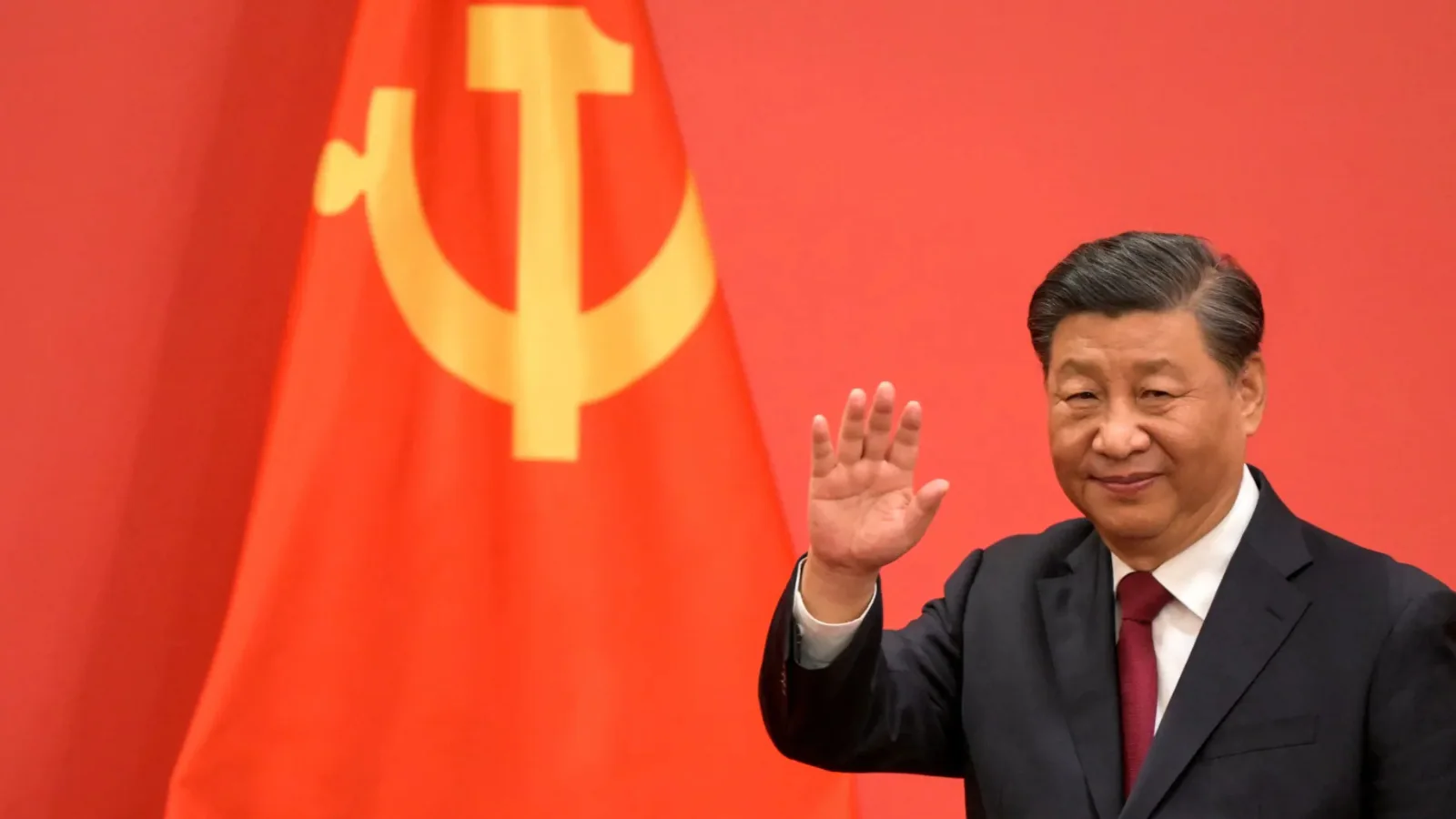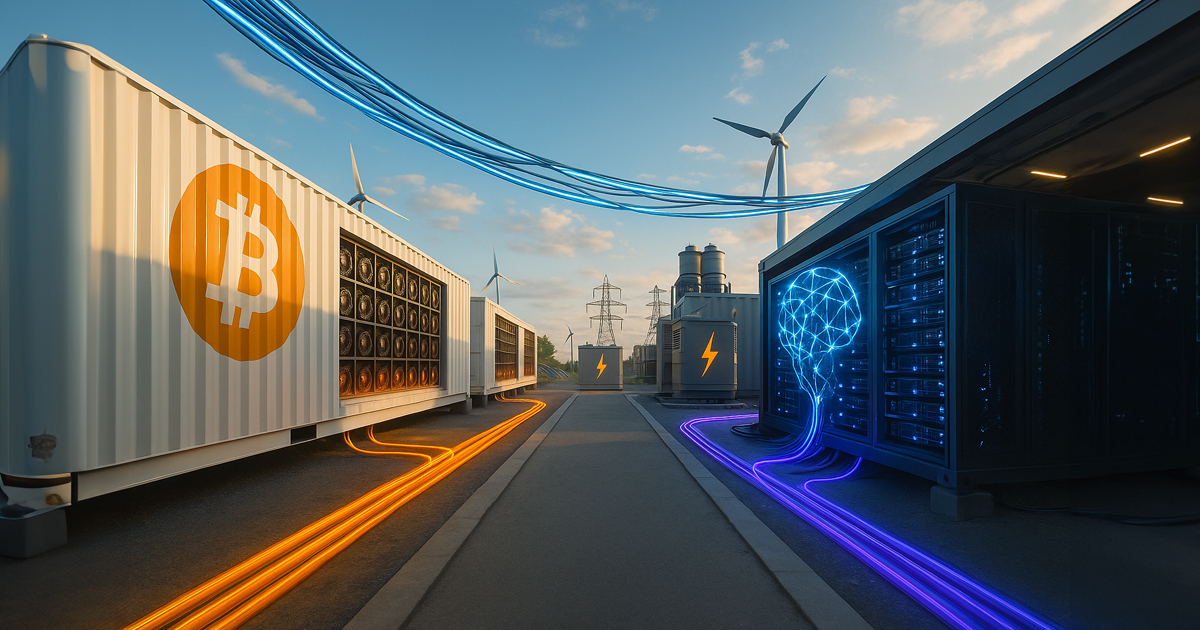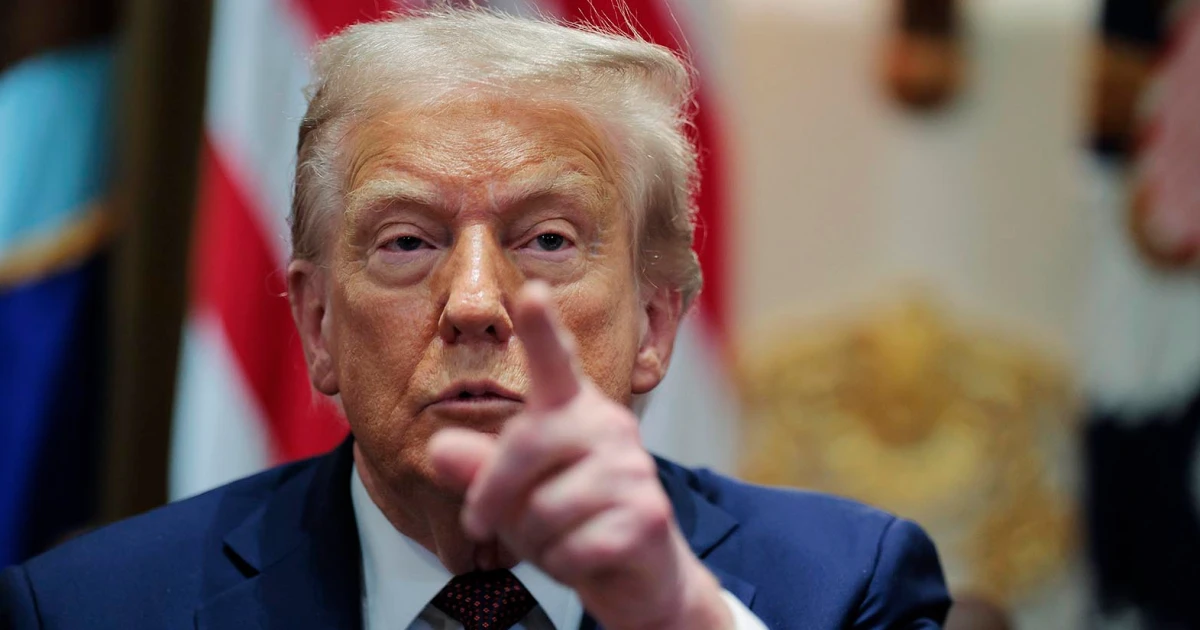Copyright news18

Chinese President Xi Jinping is set to hold high-profile bilateral meetings with the leaders of Canada and Japan on the sidelines of the Asia-Pacific Economic Cooperation (APEC) summit in Gyeongju, South Korea, just days after agreeing to a tentative trade truce with U.S. President Donald Trump. The meetings mark a key moment in Beijing’s diplomatic outreach as China attempts to stabilise relations with key regional and global partners amid ongoing tensions over trade, technology, and security in the Indo-Pacific. Trade Ceasefire With US Sets the Stage Xi’s bilateral talks come shortly after a temporary trade ceasefire between China and the United States, announced at the close of Trump’s visit to Seoul. The agreement pauses new restrictions on China’s rare-earth exports that are crucial for electric vehicles, defense equipment, and renewable technologies. The truce reflects a pragmatic effort by both sides to ease global economic uncertainty ahead of a likely second Trump–Xi summit later this year. However, it is speculated that the pause is “tactical, not transformational,” noting that fundamental differences over market access, national security, and industrial policy remain unresolved. Japan’s New Leader Takes a Tougher Line Among the most closely watched of Xi’s bilateral meetings will be his first encounter with Japan’s newly elected prime minister, Sanae Takaichi. Known for her hawkish views on defense and her call for a stronger military posture against Chinese aggression, Takaichi’s rise has already complicated relations between Tokyo and Beijing. The two leaders are expected to discuss Japan’s recent decision to strengthen security cooperation with the US and its allies, a move that Beijing views as a direct challenge. Tokyo is also seeking the release of several Japanese nationals detained in China and is expected to raise the issue of Beijing’s import restrictions on Japanese seafood and agricultural products. For her part, Takaichi is under pressure to balance her nationalist credentials with the economic realities of Japan’s trade ties to China, which remains Tokyo’s largest trading partner. Canada Seeks to Reset Relations With Beijing Xi will also meet Canadian Prime Minister Mark Carney, a move that could be a crucial step toward resetting strained China-Canada relations after years of diplomatic and trade friction. Ottawa has been seeking to re-engage with Beijing since a series of disputes including China’s anti-dumping duties on Canadian canola oil and Canada’s tariffs on Chinese electric vehicles. Carney, a former central banker and a newcomer to politics, has pledged a more pragmatic foreign policy focused on diversifying Canada’s economy beyond its dependence on the US Beijing remains Ottawa’s second-largest trading partner, accounting for more than $110 billion in annual trade. Officials in both capitals have downplayed expectations of breakthroughs, describing the meeting as an attempt to “rebuild trust and reopen channels of communication.” Regional Dynamics and the APEC Summit Agenda The APEC summit hosted by South Korean President Lee Jae-myung is expected to focus on supply-chain resilience, climate cooperation, and economic recovery across the 21-member bloc. But behind the formal agenda lies a flurry of diplomacy as regional powers reposition themselves amid shifting US–China dynamics. Lee described the current trade and geopolitical environment as a “critical inflection point,” urging participants to resist “the fragmentation of the global economy into rival blocs.” China’s outreach to Japan and Canada underscores Beijing’s attempt to project stability and leadership in the region even as it faces domestic economic headwinds, including slowing growth, real estate turmoil, and investor uncertainty. At the same time, Xi’s carefully choreographed diplomacy aims to signal that Beijing still has influence, particularly after months of pressure from Western capitals over alleged overcapacity in its manufacturing sector and its close ties with Moscow. Cautious Optimism, Persistent Tensions Despite the flurry of high-level diplomacy, analysts remain cautious. Many see the recent trade ceasefire with the US as temporary and Xi’s regional engagements as part of a broader effort to buy time amid global uncertainty. With the US election cycle entering a decisive phase and China grappling with internal economic challenges, the next few months could determine whether this moment of calm leads to a more stable global trade environment or merely precedes another round of confrontation. (Inputs from Reuters)



